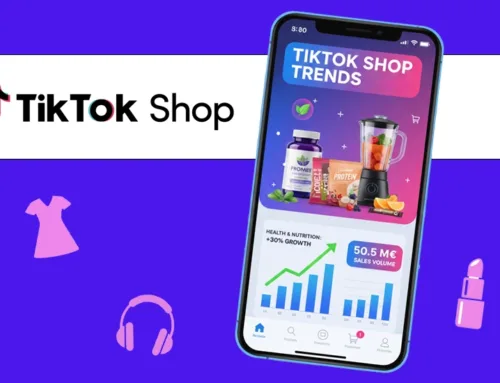It’s a ritual… Every year, Fevad publishes its assessment of e-commerce in France. 2023 is no exception. Here is a summary of the main findings for 2022.
Rising indicators
The e-commerce sector grew by 13.8% in 2022, reaching 146.9 billion euros. This represents some 2.3 billion online transactions, up 6.5% on the previous year. The average shopping basket is also up, by 6.9% to 65 euros.
Service sales drive market growth
These figures need to be clarified, as in 2022, it was essentially services that served as the locomotive for French e-commerce, with an increase of 36% in one year (+50% compared to 2019). Travel & Tourism sites benefited from the post-Covid effect, with a 55% increase in sales. This increase was also helped by higher prices in this sector.
Product sales stagnate
After exceptional years in 2020 and 2021, online product sales were down 7% on 2021 (but up +33% on 2019). While the first half of the year was marked by a sharp 16% decline, the second half stabilized activity. In fine, product sales are up 19% on 2019. Indeed, while all product categories are down on 2021, they are all up on 2019. With two sectors leading the way: Beauty-Health (+29%) and Furniture-Decoration (+19%).
The e-commerce sector remains dynamic
By 2022, e-commerce is expected to account for 12.5% of retail sales, and the number of active merchant sites is expected to grow by 5%, with over 10,000 new sites in one year.
Mobile sales (products and travel sales) are up (+8%) thanks to travel and leisure sales, which offset the decline in product sales (-6%).
Sales of fast-moving consumer goods (FMCG), which had accelerated sharply during the pandemic, have stabilized due to higher prices, and are therefore up 1% on 2021 and 56% on 2019 (source: NielsenIQ Scantrack).
Focus on e-commerce and Gen Z
Fevad, in collaboration with Odoxa, has also released figures for young people aged 12 to 15. These show that Generation Z is very much into e-commerce. They claim to make more than half their purchases on the Internet, compared with 29.5% of the general population. The economic crisis has had an impact on their purchasing behavior. 64% of the young people surveyed said they had concentrated their purchases on necessary products in 2022, i.e. 6 points more than cyber-buyers as a whole, and 63% bought more products on special offer.
Unsurprisingly, second-hand purchases are very popular with Generation Z, with two-thirds having bought a reconditioned or second-hand product in 2022. Also unsurprisingly, 51% say they prefer influencers to advertising.
Mis à jour le 23 January 2025
Mis à jour le 23 January 2025




